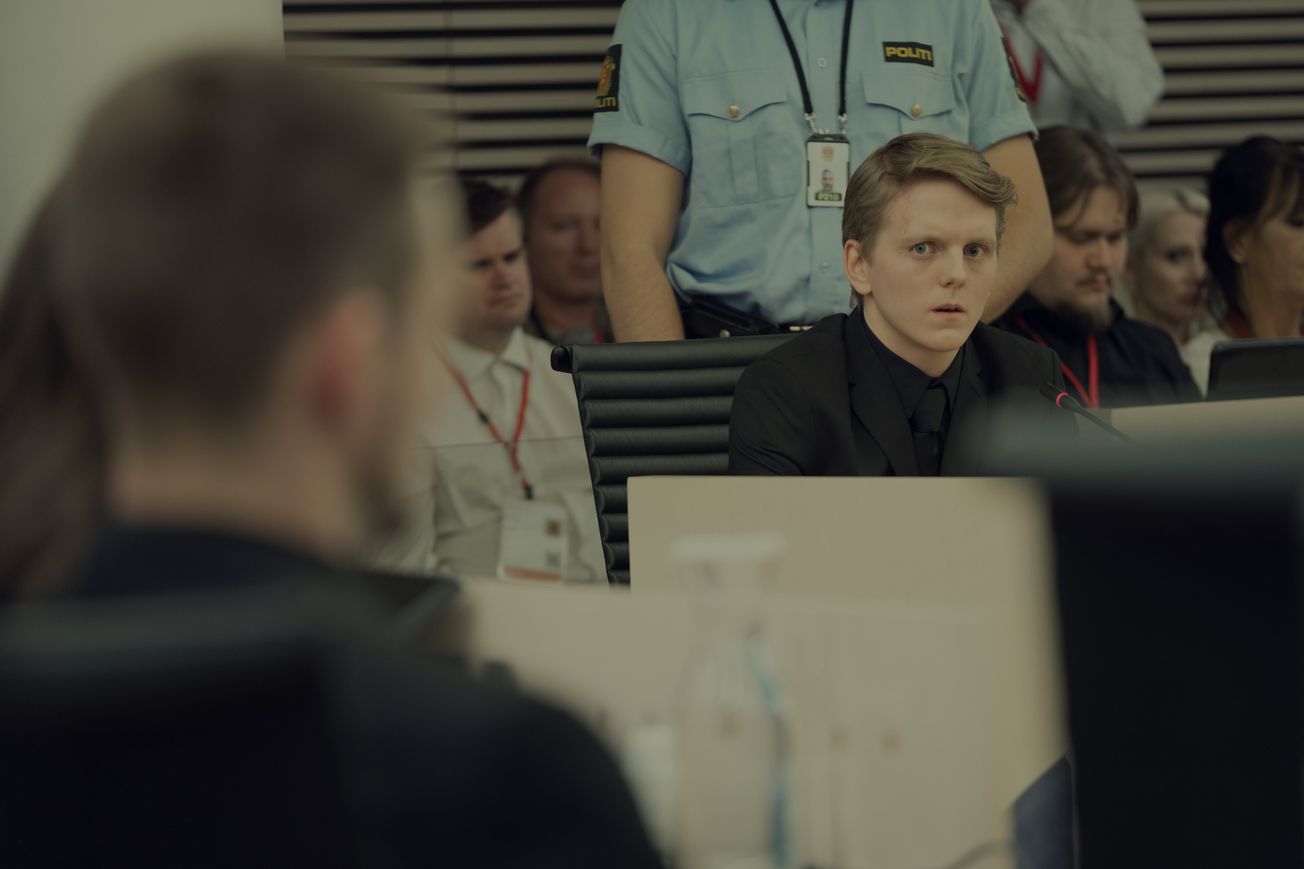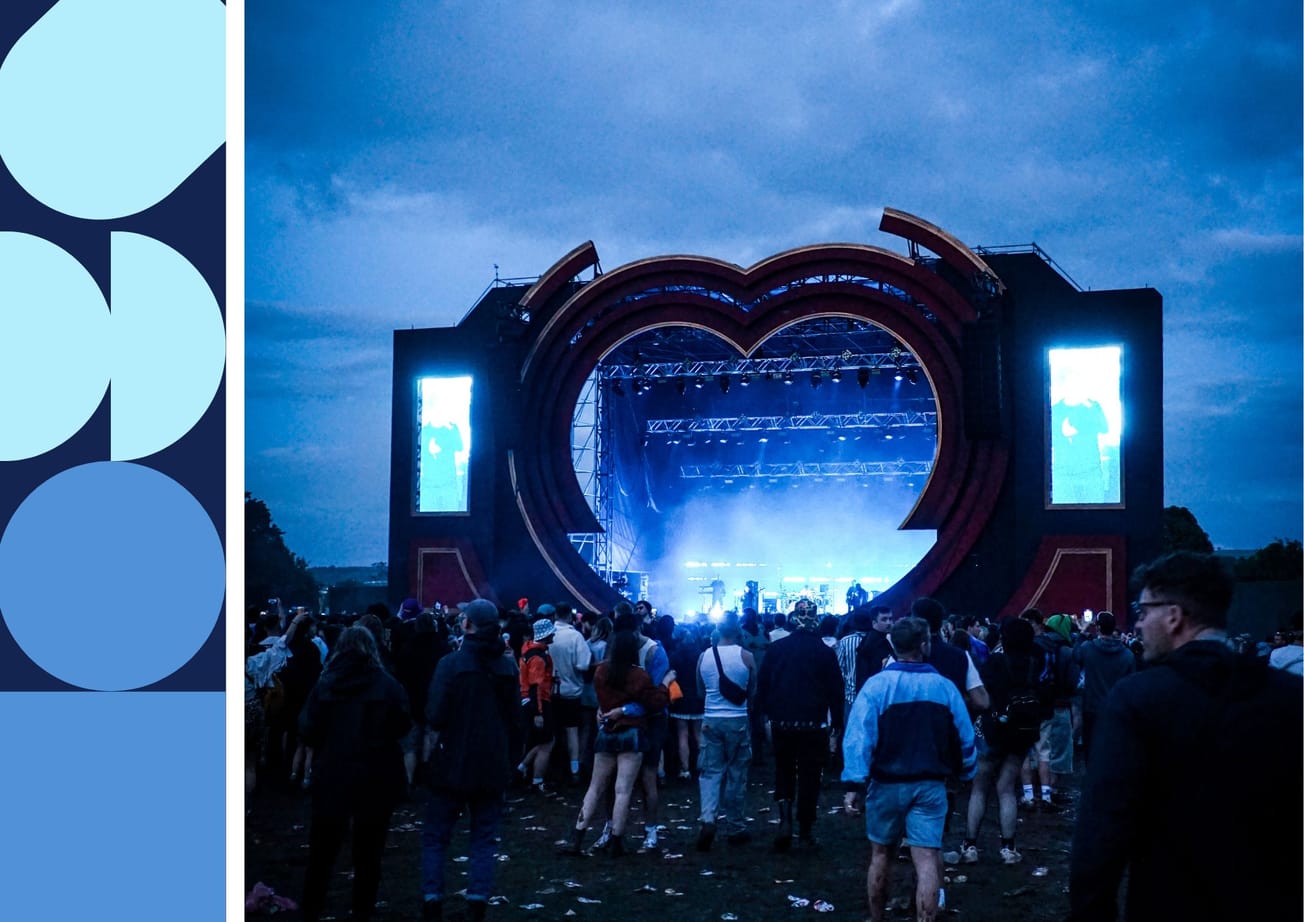By Leah Roberts, Third Year German
22 July is set for one of the largest theatrical runs of any Netflix film in history, but does director Paul Greengrass go too far exploring its delicate subject matter?
Youtube / Netflix
Paul Greengrass’s film 22 July, depicting the events that happened in Norway on July 22, 2011, was released on Netflix on October 10, as well as in a select few cinemas in Norway. The film opens with the neo-Nazi terrorist Anders Breivik (Anders Danielsen Lie) preparing his attacks in both the financial district of Oslo and the left-wing youth summer camp on the island of Utøya.
Far-right groups are on the rise again in Western and Northern Europe, with parties such as Alternativ für Deutschland and the Progress Party of Norway gaining popularity. With this comes the increase in films tackling the subject of terrorist who are linked to political extremism, such as the release earlier this year of Utøya - July 22 from Erik Poppe, which offers a different angle on the 22 July attacks.
The rather lengthy - and arguably unnecessary - introductory sequence from Breivik’s point of view in Oslo ends after 45 minutes with CCTV footage of the bombing. From there on the perspective shifts between Breivik and the children on Utøya. The narrative then follows the story of Viljar Hanssen (Jonas Strand Gravli) and his brother Torje (Isak Bakli Aglen) as they try to escape the horror unfolding around them. The main chunk of the film, however, is dedicated largely to the recovery of Viljar and the impact this has on himself, his friend Lara (Seda Witt) and his family.
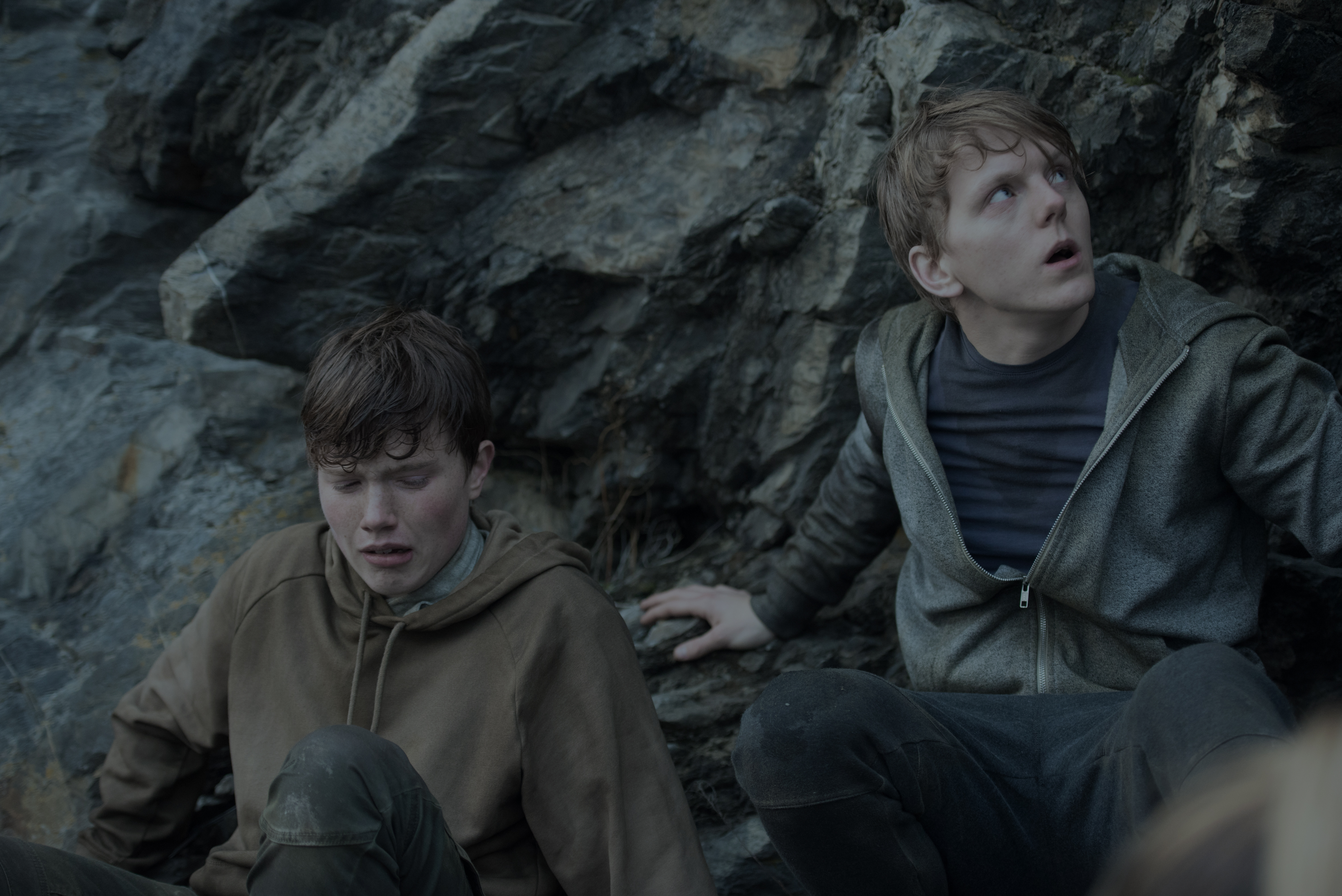
Netflix / Erik Aavatsmark
The film does a brilliant job of portraying how life goes on for the rest of the world, as Viljar’s parents, Svein (Thorbjørn Harr) and Christin (Maria Bock), return to work, whilst Viljar struggles to recover in the snow-covered and isolated village he calls home. The isolation Viljar experiences acts as a metaphor for the struggle he faces to heal not just the physical injuries he sustains, but the mental ones. As his brother Torje draws away from him due to similar PTSD problems, his only confidant is Lara Rashid (Seda Witt), who loses her sister in the attacks on Utøya. Lara acts as a pillar of strength for the survivors; making rounds at the hospital and encouraging Viljar to speak against Breivik at the trial.
Despite having only acted previously in short films and a couple of episodes of a Norwegian drama series, Gravli gives a genuine and emotional performance as Viljar, especially since the 22 July attacks are still a recent sensitive topic. Greengrass has been criticised in the past for making films about tragic events without a clear purpose, with Stanley Kauffmann of The New Republic saying of his film, United 93 (2006), ‘Never is there a moment of [...] exploitation, but neither is Greengrass able to realize an ultimate purpose.’ Comments such as these are echoed by critics and audience members regarding 22 July.
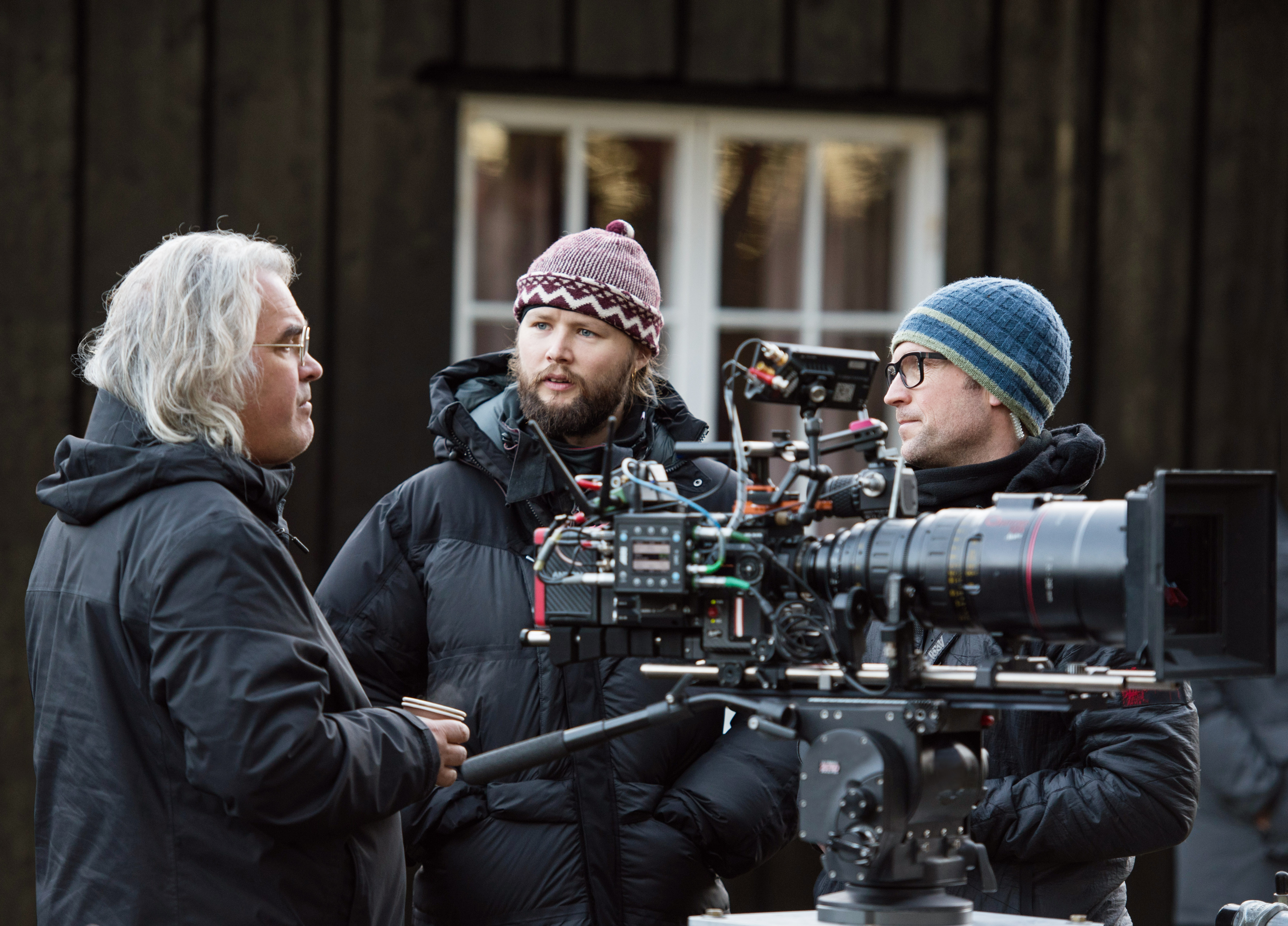
Netflix / Erik Aavatsmark
When bringing topics such as terrorist attacks to the big screen, there’s a fine line to walk between accuracy and drama. This is where Greengrass’s and Poppe’s films stand apart. Greengrass does not depict violence for the sake of it: gunshots are often heard in the distance or the camera pans away as the gunman shoots. Poppe’s portrayal, on the other hand, is a lot more violent, as if to invoke the same sense of fear experienced by those on the island. The violence in Greengrass’s version is over in 30 minutes and then moves to the recovery and trial, but Poppe’s terrifying representation lasts 72 minutes and was shot in one take- the same length of ordeal the victims of the summer camp endured.
Poppe was able to do this, however, because he created a liminal space wherein the characters of the film are merely representations, with their names and identities changed, as opposed to Greengrass’s typically realistic take with genuine victims of the attacks. Greengrass’s only immediate deviation from the attacks is that 22 July is performed in English, not Norwegian.
The question is whether Poppe’s shocking imitation of violence is necessary; it’s unclear whether the gimmick of shooting in one take and sickening violence is meant to serve as art or as a reminder of what happened. Fortunately, the sense of horror instilled in the audience pays off for Poppe’s, reminding them what the children suffered that day. His film definitely shocks but also informs the Norwegian audience on a more emotional side of the attacks, rather than just facts and figures.
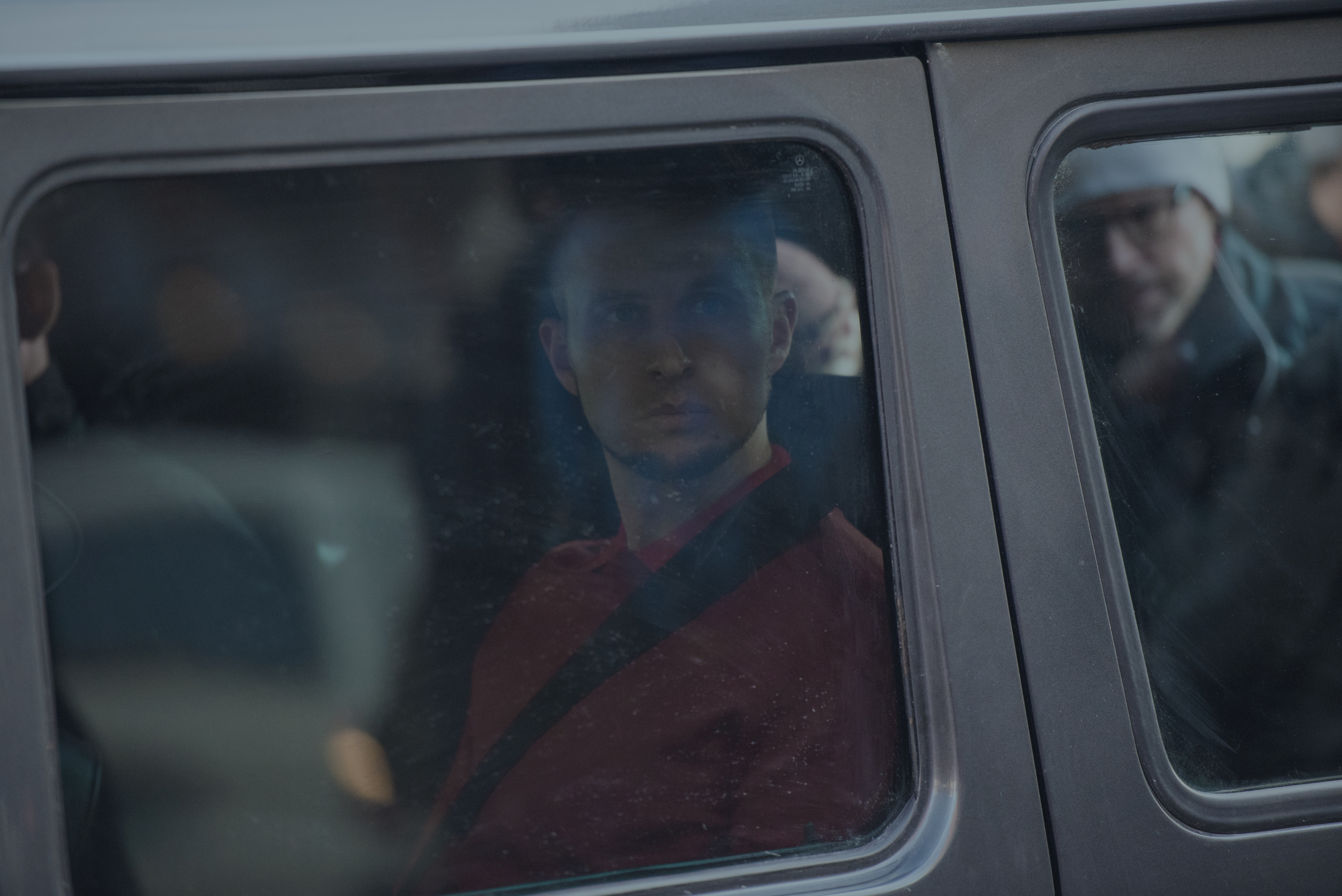
Netflix / Erik Aavatsmark
While Poppe’s version is arguably too heavily dramatised, Greengrass chooses to stay almost too accurate to the facts, leading to 22 July feeling hollow and uninteresting. Therein lies the difficulty of turning real tragedy into a film: the director can either stay careful and risk the film being less engaging than desired, or create an extremely engrossing film and be accused of being insensitive or turning a horrific event into entertainment.
In Greengrass’s endeavour to present all the facts, controversy was born out of the dedication of too much screen-time to the terrorist. Breivik is illustrated as an egotistical and meticulous individual, and there’s no doubt that 22 July’s interpretation of him would bring him satisfaction, if not amusement. Both Poppe and Greengrass’s films neglect to delve into arguably the most important aspect of the film: the courage needed by all the victims to confront their attacker.
Greengrass successfully paints a picture of Viljar’s stand against his tormentor, with Gravli again bringing a wave of emotion to an otherwise desolate film, but the rest of the victims are mostly left out of the spotlight. Lara Rashid herself said that she wishes the films had focussed more on the trial and that both films ‘miss out important perspectives’.
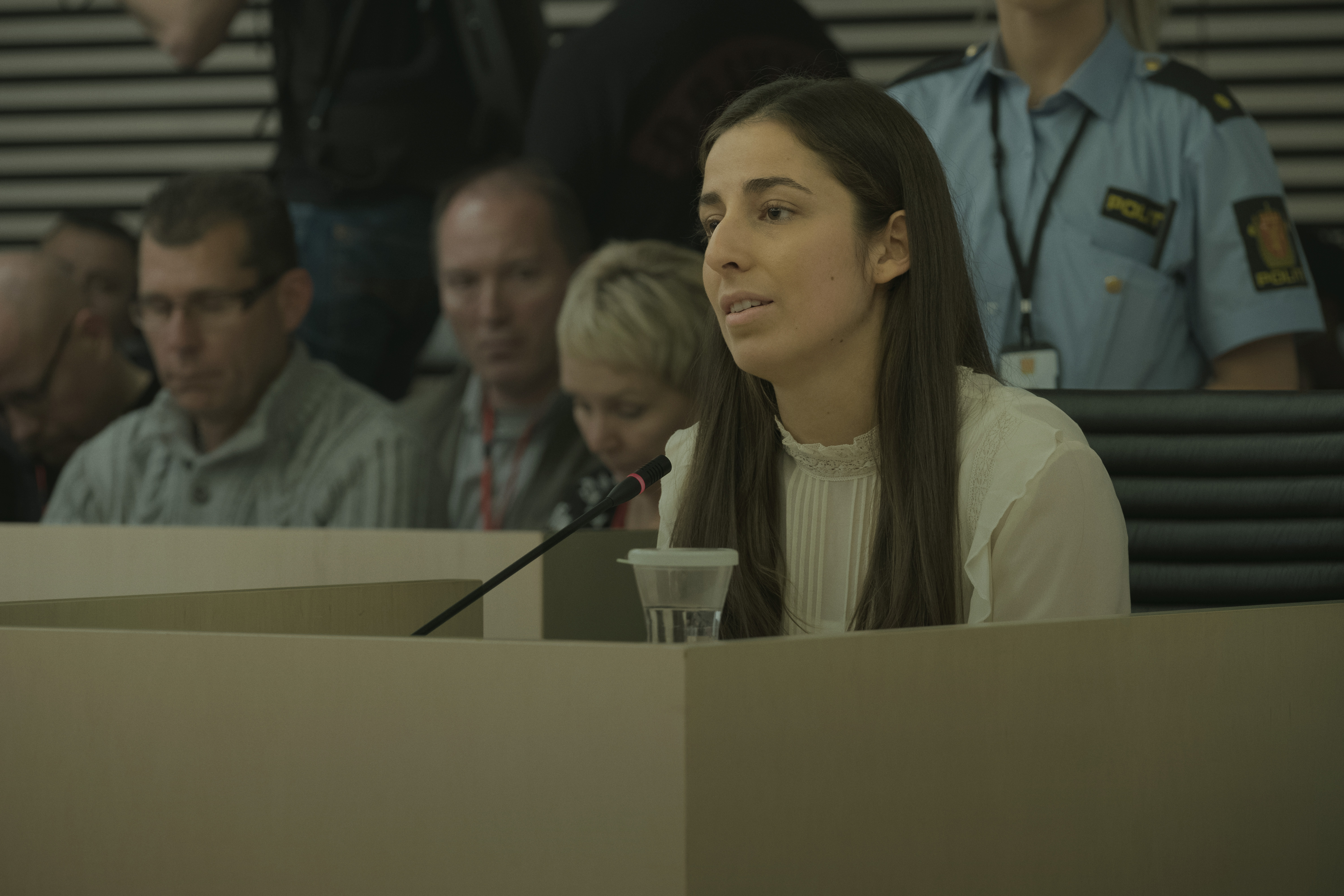
Netflix / Erik Aavatsmark
Greengrass’s version of events was likely adapted for a Western audience, which in itself is not inherently bad if it helps an otherwise oblivious audience learn more about the horrors that occurred on Utøya, but perhaps a dramatised version of events is still not the best way to educate. Poppe brings forward a new perspective to the Norwegians who felt the attacks only remotely, but Greengrass’s excessive intent to avoid criticism and only present the facts makes 22 July much easier to forget.
22 July is available to stream on Netflix now.
Featured Image: Netflix / Erik Aavatsmark
Do you think modern films have a tendency to portray real-life violence in an exploitative way?
Facebook // Epigram Film & TV // Twitter

